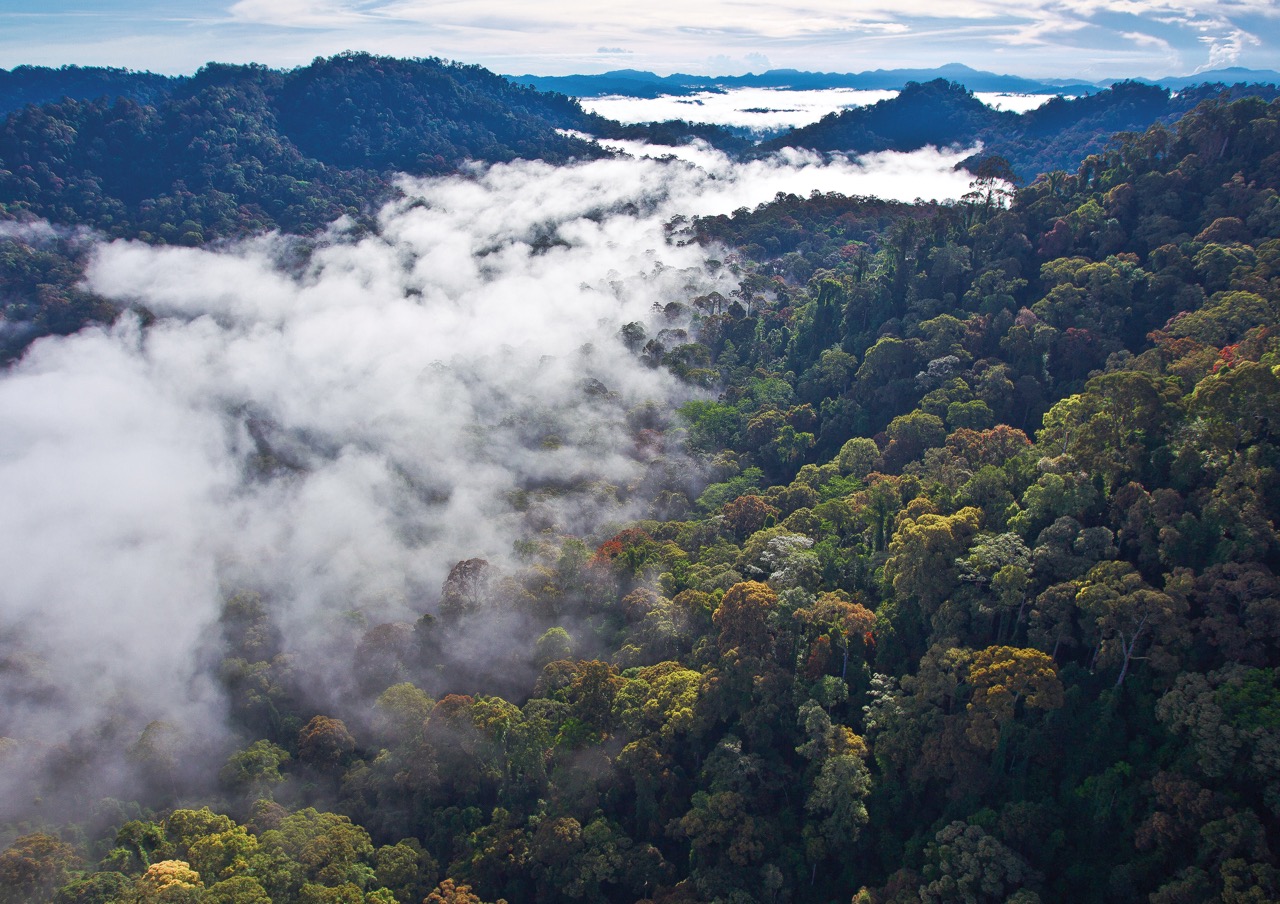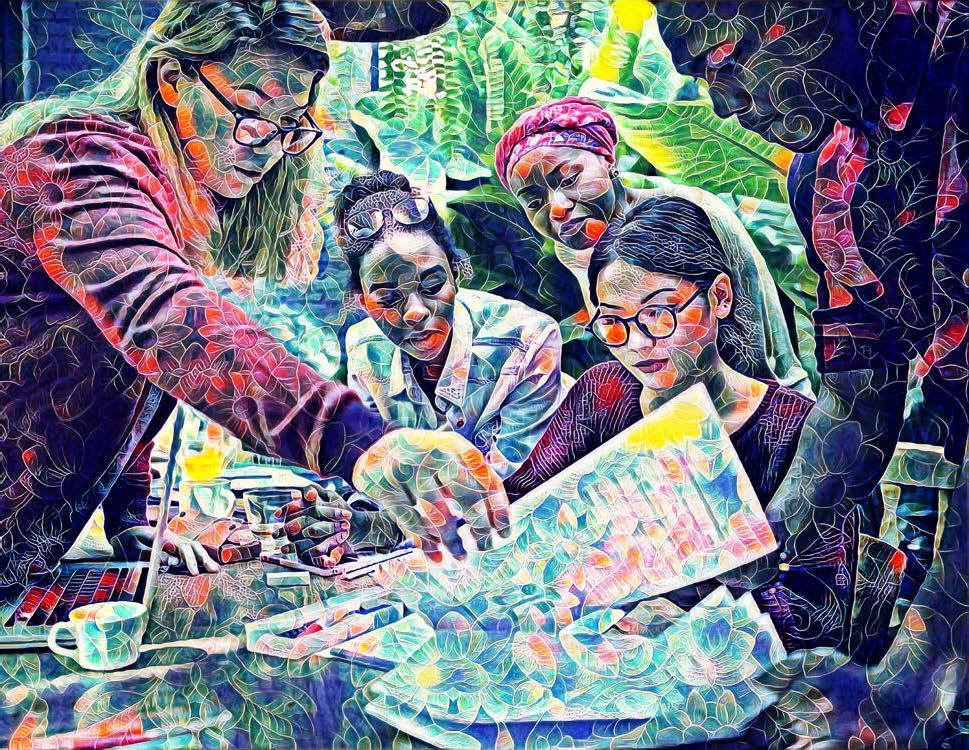Sabah’s living blueprint for a sustainable planet
As the world grapples with the realities of climate change, Sabah, located on the northern tip of Borneo, has emerged as a global example of climate resilience. Its vast rainforests absorb carbon, nurture biodiversity, and sustain communities. At the heart of these conservation efforts is the Yayasan Sabah Group, whose decades-long commitment to environmental stewardship continues to receive international
recognition.
For over half a century, Yayasan Sabah has demonstrated that economic growth and environmental protection can coexist. Through an integrated approach combining forest protection, restoration, research, and sustainable resource management, Sabah has become a model for tropical sustainability.
Guardians of the Tropical Rainforest
One of Yayasan Sabah’s most celebrated achievements is the Danum Valley Conservation Area (DVCA), a pristine rainforest spanning 298,942 hectares, including 43,800 hectares of untouched primary forest. Recognised as a Class I Protection Forest Reserve and Cultural Heritage Site, Danum Valley is one of the world’s most important research centres for tropical ecosystems.
Since the establishment of the Danum Valley Field Centre in 1986, the area has hosted more than 600 scientists and produced over 400 peer-reviewed publications. Long-term ecological research and climate monitoring take place in collaboration with international institutions such as the Royal Society’s Southeast Asia Rainforest Research Partnership (SEARRP), Kyoto University, and Shell. The Borneo Rainforest Lodge also offers eco-tourism opportunities that support local livelihoods and conservation education.
Restoring What Was Lost
Yayasan Sabah pioneered large-scale forest restoration through the Innoprise–FACE Rainforest Rehabilitation Project (INFAPRO), launched in 1992 to restore 25,000 hectares of degraded land in the Ulu Segama Forest Reserve. Using enrichment planting with native trees, INFAPRO has restored more than 11,800 hectares and issued over 1.1 million Verified Carbon Standard (VCS) credits—one of the earliest carbon forestry projects in the tropics. In 2012, the restored area was gazetted as a Class I Protected Forest Reserve, forming a continuous green corridor with Danum Valley and providing a safe haven for endangered species such as orangutans, pygmy elephants, and sun bears.
Science in Action: Malaysia’s First Global Atmosphere Watch Station
Located within INFAPRO, Malaysia’s first Global Atmosphere Watch (GAW) Station monitors greenhouse gases and climate variables. A collaboration between Yayasan Sabah and METMalaysia, the 100-metre tower feeds vital data into the World Meteorological Organization’s global network. This facility complements more than four decades of research from the Danum Valley Field Centre, positioning Sabah as a vital contributor to international climate science.
Innovation in Forest Management
In the 1990s, Yayasan Sabah introduced Reduced-Impact Logging (RIL) practices to minimise damage from timber harvesting in working forests. This advanced management technique reduced incidental forest damage by almost 50% compared to conventional logging. Another major initiative, the INIKEA Forest Rehabilitation Project, was launched in 1998 with Swedish partners to restore 14,000 hectares of degraded land in Kalabakan. The project blended scientific forestry with community employment, reinforcing Yayasan Sabah’s commitment to both conservation and social responsibility.
From Conservation to Opportunity
These conservation successes form the foundation of Sabah’s nature-based economy. The DaMaI Rainforest Complex—which includes Danum Valley, Maliau Basin, and Imbak Canyon—is being developed as a hub for eco-tourism, research, education, and carbon partnerships. INFAPRO and INIKEA attract corporate climate investments and volunteer tourism, while Danum Valley continues to draw scientists and conservationists from around
the world.
“We view these landscapes as natural capital—assets that can generate long-term economic and social value,” says Dato’ Sri Haji Gulamhaidar @ Yusof bin Khan Bahadar, Director of Yayasan Sabah.
A Model for the World
Sabah’s conservation strategy—protecting pristine forests, restoring degraded lands, and managing forests sustainably—aligns with the United Nations Sustainable Development Goals and the Paris Agreement. It provides a global model for rainforest nations seeking practical climate solutions.
From the ancient forests of Danum Valley to the regenerated landscapes of INFAPRO, Sabah is a living laboratory of hope. With science, collaboration, and leadership, nature can heal, communities can prosper, and the planet can thrive.
Learn more: www.ysnet.org.my | www.searrp.org












